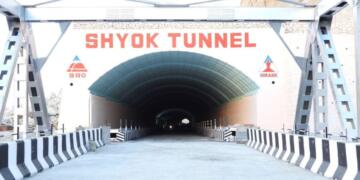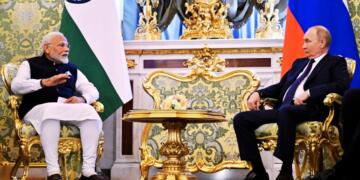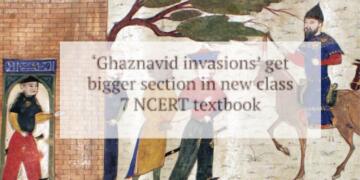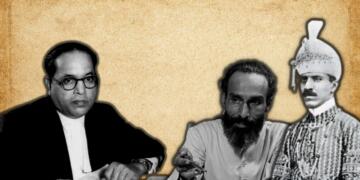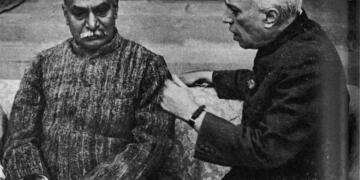The second phase of Pran Pratishtha rituals at the Ram Mandir in Ayodhya—popularly dubbed “Pran Pratishtha 2.0”—is more than just a continuation of sacred ceremonies. It is a symbolic culmination of a long religious, political, and cultural journey that touches almost every aspect of contemporary Indian society.
Following the historic consecration of the idol of Ram Lalla in January 2024, which was attended by Prime Minister Narendra Modi, the June 2025 rituals are focused on sanctifying the remaining shrines and structures in the grand temple complex. But these rites go far beyond religious function—they represent a new phase in India’s self-narrative.
What Is Pran Pratishtha?
Pran Pratishtha is a key Hindu ritual that literally means “establishing the life force” in an idol. It is the point at which the murti (idol) is spiritually transformed from an artistic representation into a divine embodiment of the deity. This ritual is performed with detailed Vedic chants, fire offerings (homa), and temple purification rites, making the temple not just a physical space, but a spiritual power center.
What Is “Pran Pratishtha 2.0”?
While the January 2024 event consecrated the main sanctum (garbhagriha) of the temple housing Ram Lalla, the second phase, underway in June 2025, extends sanctification to:
Eight additional shrines within the complex, dedicated to deities like Sita, Hanuman, Lakshman, Shiva, and others.
Symbolic unification of various Hindu traditions—Vaishnav, Shaiva, Shakta, tribal, and Bhakti sects—reflecting the temple’s pan-Hindu spiritual inclusiveness.
Completion of ritual and architectural purification of the entire temple as per Agama Shastras (Hindu temple-building texts).
Social & Cultural Dimensions
The Ram Mandir isn’t just a place of worship—it is now a cultural nucleus:
Social Reconciliation: Leaders from across caste lines, including tribals and Dalits, are being included in rituals and ceremonial roles, signaling an effort at social unity.
Cultural Renaissance: The project symbolizes a reclaiming of India’s ancient traditions and civilizational pride, especially among the youth.
Global Hindu Identity: For the diaspora, the temple is a powerful symbol of cultural continuity. Live broadcasts and replicas of the mandir abroad have made it a global spiritual event.
Political Impact
The Ram Mandir has long been at the heart of Indian political discourse—and Pran Pratishtha 2.0 reinforces that legacy:
BJP’s Cultural Mandate: The temple’s construction was a key promise of the BJP, and its completion has reinforced the party’s image as the guardian of Hindu cultural identity.
Prime Minister Narendra Modi’s Role: Modi’s personal participation in both phases of the Pran Pratishtha elevates his stature from political leader to cultural icon in the eyes of many.
Opposition Response: While the BJP frames the temple as a fulfillment of national and spiritual aspirations, some opposition voices have criticized its politicization ahead of elections.
Soft Power Strategy: International coverage and global participation help India project a soft cultural power, rooted in spiritual heritage.
Economic Boost & Infrastructure Growth
The construction and consecration of the Ram Mandir are acting as a catalyst for Ayodhya’s transformation:
Tourism Boom: Ayodhya is projected to attract over 5 crore visitors annually. Hotels, homestays, and dharamshalas are mushrooming.
Ayodhya as a Smart Spiritual City: Massive infrastructure upgrades are underway—new airports, widened roads, high-speed rail links, and riverfront beautification.
Employment: Local artisans, construction workers, priests, and vendors have found new livelihood opportunities in the ongoing temple-related economy.
Real Estate: Land prices have surged, and the city is emerging as a pilgrimage-tourism corridor similar to Varanasi or Tirupati.
Technology, Security & Logistics
Given the enormous footfall and national attention, the event is backed by:
AI-enabled surveillance systems
Drone patrolling and smart crowd monitoring
Tech-based ticketing and crowd management
Global livestreams, with screens set up in Times Square, Durban, and Bali
A Symbol of Civilizational Confidence
The Ram Mandir is now seen as a civilizational reset—a reclaiming of India’s sacred geography and a reassertion of indigenous religious identity after centuries of foreign rule, invasions, and colonial distortions.
While some see it as a unifying spiritual landmark, others critique it as part of a larger Hindu nationalist narrative. Regardless of political opinion, Ram Mandir Pran Pratishtha 2.0 has become a mirror reflecting modern India’s aspirations, divisions, and beliefs.
Timeline Recap
2020: Construction begins following Supreme Court verdict (2019)
Jan 2024: First Pran Pratishtha (Ram Lalla consecrated)
June 2025: Second phase of Pran Pratishtha, involving remaining deities and rituals
2027 (target): Full temple complex completion
Conclusion
Ram Mandir Pran Pratishtha 2.0 is not just a religious ceremony. It is the latest chapter in a saga that spans history, politics, faith, identity, economics, and modern governance. It is shaping Ayodhya’s future while echoing its ancient past. Whether viewed through the lens of devotion, nationalism, or civilizational memory, the temple now stands as a towering symbol of 21st-century India.









